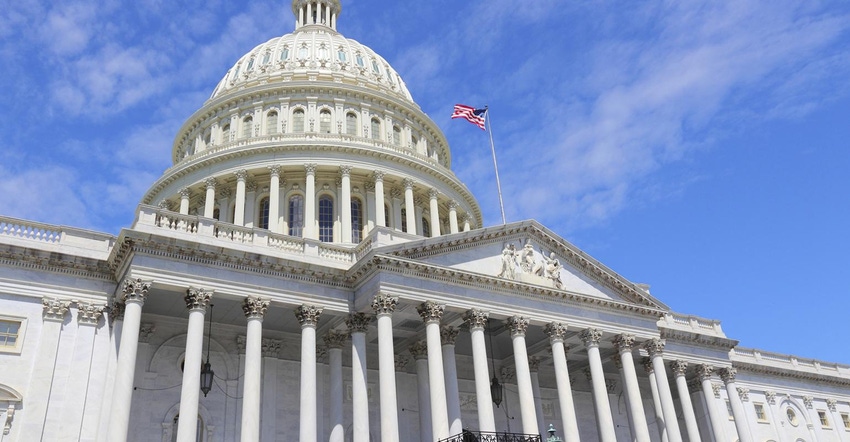
Kansas Republicans Rep. Tracey Mann and Senators Jerry Moran and Roger Marshall introduced legislation in response to President Biden's 30x30 executive order calling for conserving at least 30% of the nation’s lands and waters by 2030. The “30 x 30 Termination Act” as named in the Senate and the “No Land Grab Act of 2021” in the House, seeks to limit the executive branch’s ability to infringe upon farmers’ private property rights.
On January 27, President Biden issued Executive Order 14008, Tackling the Climate Crisis at Home and Abroad. Section 216 of the order directs the U.S. Secretary of the Interior, Secretary of Agriculture, Secretary of Commerce, Chair of the Council on Environmental Quality, and other heads of agencies to achieve the goal of conserving at least 30% of our lands and waters by 2030. While a subsequent report was released in May, the legislators state a “lack of details left many questions and concerns remaining from landowners across the country.”
Related: Biden administration offers insight into 30x30 plan
Mandating the permanent conservation of 30% of America's land would require expanding federal control over land and undermining of private property rights, the legislators note. Additionally, Biden’s proposal would add to the large number of acres already under federal control, the Kansas legislators warn.
However, Secretary of Agriculture Tom Vilsack has repeatedly said the 30 x 30 plan will not result in a federal land grab. Instead, Vilsack says Biden’s 30x30 plan honors private property rights and supports the voluntary stewardship efforts of private landowners. “But I can assure you this: there's no intention to have a land grab,” Vilsack explains.
Related: USDA marks progress on climate-smart ag actions
Vilsack notes the federal government will be looking for ways to bolster the locally-led conservation efforts as well as the inherit flexibility of the farm bill conservation programs to work with producers, landowners, conservation groups and states to accomplish the goal of not just preservation but conservation.
Marshal notes, “Farmers and ranchers are the original conservationists, and no one knows what’s best for the land better than those who work on it day in and day out. The best thing the federal government can do is trust the environmental judgment of farmers and ranchers and let them do what they do best: steward the land.”
Related: 6 things farmers should know about Biden’s climate plan
Moran says he has long supported voluntary, locally-driven conservation efforts, but felt the legislation was warranted to ensure those efforts continue. “Protecting private property rights from federal government overreach is a top priority for Kansans,” Moran says. “This legislation would put a stop to the Biden administration’s misguided 30x30 plan that threatens to expand federal land ownership and control.”
Mann also criticized that “no consideration was given to current voluntary conservation initiatives that are already underway in Kansas and rural America.”
However, the Conserving and Restoring America the Beautiful Plan states, “Efforts to conserve and restore America’s lands and waters must respect the rights of private property owners. Such efforts must also build trust among all communities and stakeholders, including by recognizing and rewarding the voluntary conservation efforts of private landowners.”
The plan also notes that the plan should build on existing tools and strategies with an emphasis on flexibility and adaptative approaches. “These tools range from grant programs for local parks and coastal restoration projects, to conservation programs on working lands, to the designation of locally crafted recreation and conservation areas on public lands and waters, to using the stakeholder-driven processes for marine fisheries management and sanctuary designations, among other examples,” the plan explains.
The plan also notes, “The USDA has an array of programs that offer effective strategies for advancing conservation on working lands, such as the Working Lands for Wildlife initiative and the Conservation Reserve Program. The reauthorization of the Farm Bill in 2023 provides a tremendous opportunity for the USDA and Congress to improve the effectiveness of relevant programs to conserve working lands.”
Read more about:
FarmlandAbout the Author(s)
You May Also Like






